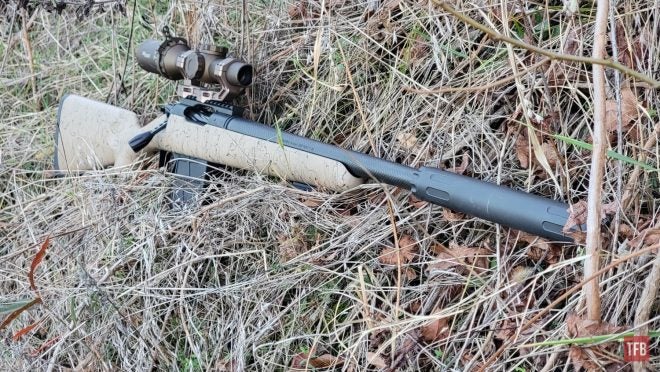The term “scout rifle” is one that often gets tossed around a lot in military fiction, science fiction, and other firearm-oriented material. However, the concept of the scout rifle is a real thing and one that was brought to modern popularity by retired US Marine, writer, and firearms instructor John Dean “Jeff” Cooper. To put it simply, the scout rifle concept consisted of a bolt-action carbine chambered in a full-sized rifle caliber (usually .308 Winchester) that had to be less than 40 inches in length and less than 6.6-pounds in heft. As designed, the scout rifle should have been capable of downing a man-sized target at distances of up to 450-meters. After the concept was brought to the fore, many firearms companies including Savage, Steyr, and Ruger produced rifles to match Jeff Cooper’s specifications. Now, Christensen Arms has offered their own version of the scout rifle with a few notable differences from the core concept and I was lucky enough to be able to receive a sample of the new Ridgeline Scout Rifle chambered in .308 Win for testing and evaluation purposes.
More from Christensen Arms @ TFB:
- Christensen Arms Introduces The Ridgeline Scout Rifle
- Christensen Arms Introduces Their Modern Precision Pistol
- Christensen Arms CA9MM Pistol Caliber Carbine
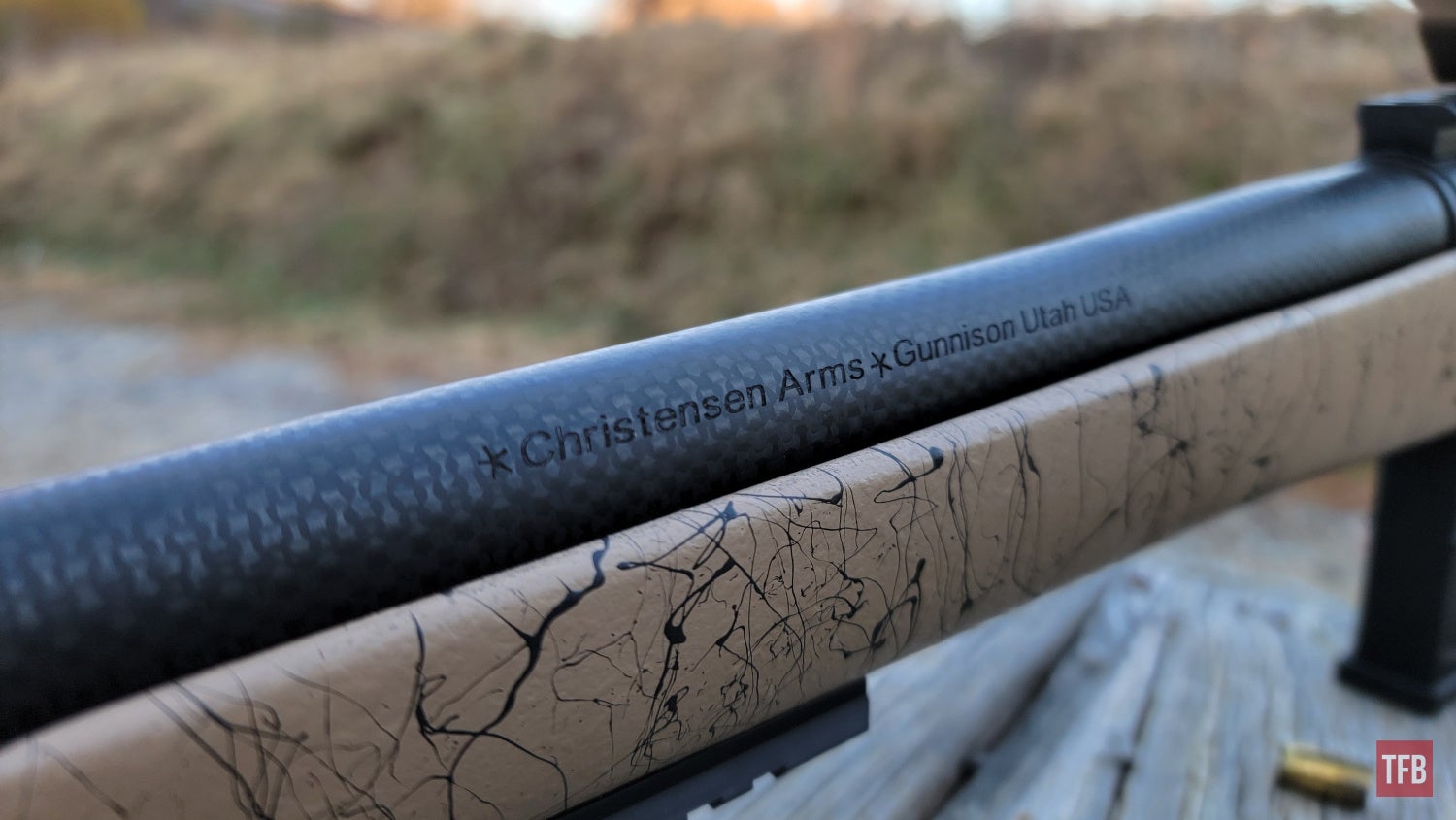
TFB Review: The Christensen Arms Ridgeline Scout Rifle
Features and Specifications
- Aerograde Carbon Fiber Wrapped Barrel
- Black Nitride 3-Pron Flash Hider
- Match Chamber
- Free Floated Barrel
- Precision Machined Receiver with Black Nitride Finish
- Skeletonized Bolt Handle
- TriggerTech Flat-Shoe Trigger
- AICS Compatible Magazines
- Tactical-Mag Release
- 0-MOA Rail
- Christensen Arms Carbon Fiber Composite Sporter Style Stock
- Stainless Steel Bedding Pillars
- Rubber Recoil Pad
- Forward Mount Pic Rail with Barricade Stop
- Available in 6.5 Creedmoor, 308 Win, 223 Rem, and 300 BLK
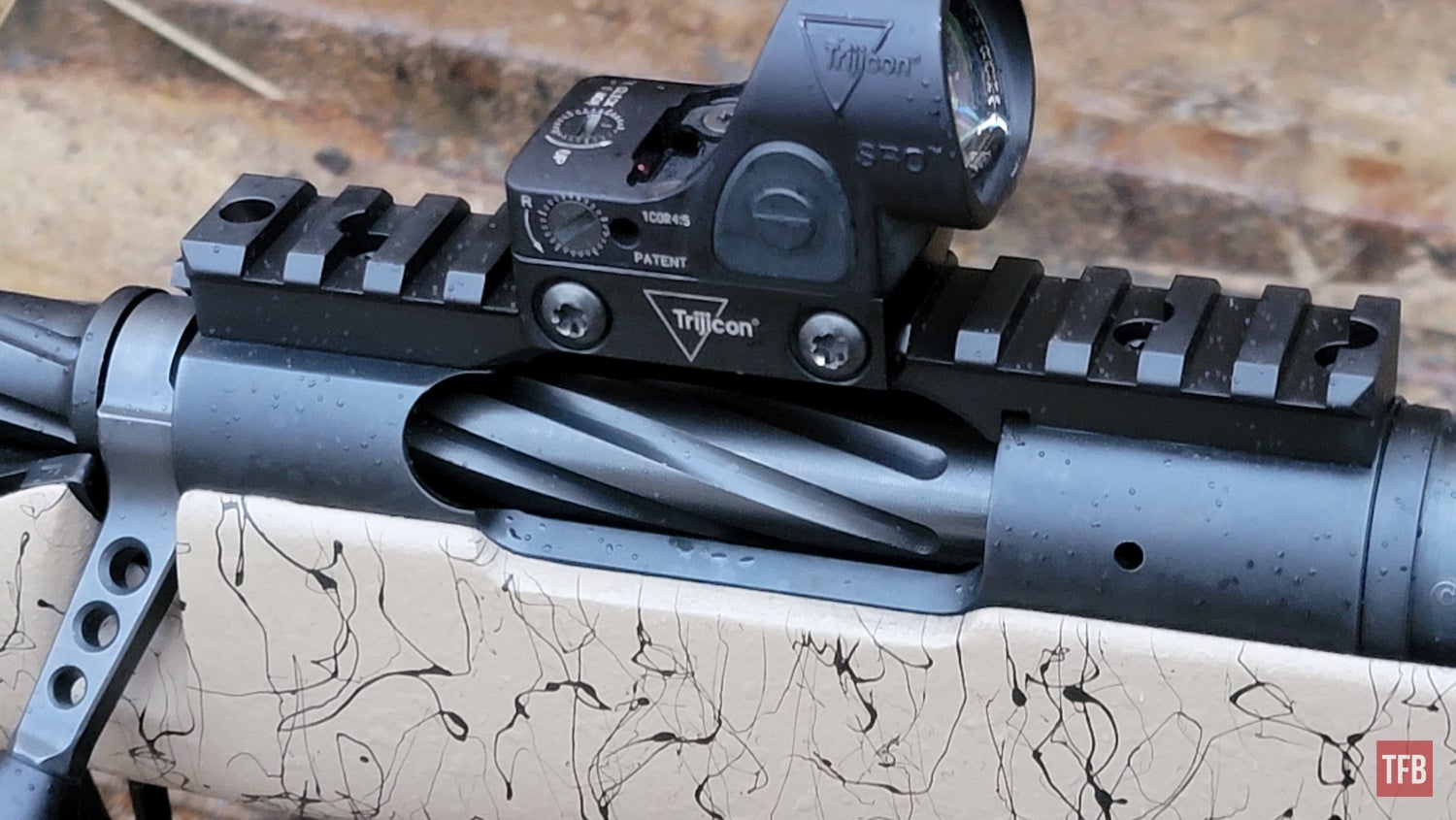
The first departure most of you will notice from the specifications listed above is the fact that the rifle is available in two intermediate cartridges and one that didn’t even exist back when Jeff Cooper put the concept into the American rifleman’s mind. In addition, although 6.5 Creedmoor was introduced in the early 2000s, it fits more in line with the concept, and thus I had to decide between either that or .308 Winchester for my chambering options when Christensen sent me out a testing sample. I eventually settled on .308 Winchester, mostly due to the availability of ammunition and it being what I consider to be the “original” scout rifle chambering.
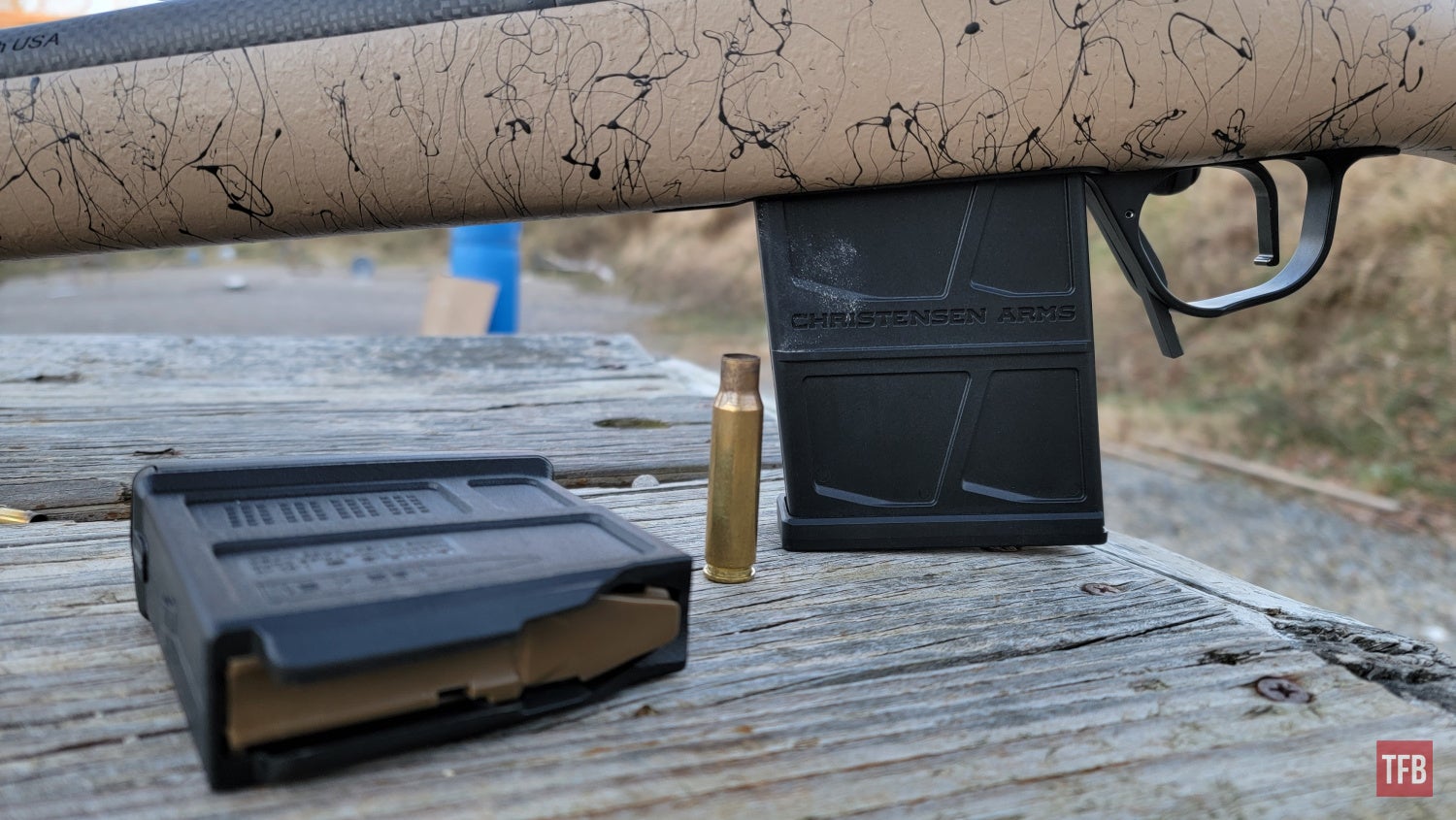
Another major difference many of you will notice is the lack of a forward-mounted optics rail. “True” scout rifles almost make exclusive use of low-mounted extended eye relief scopes that allow a shooter to shoot with both eyes opened as prescribed by Cooper’s defining characteristics. The more traditional scope mounting location gives the Christensen Arms Ridgeline Scout Rifle a less odd appearance and also has the added benefit of being able to field more traditional scopes with higher magnification ranges if desired.
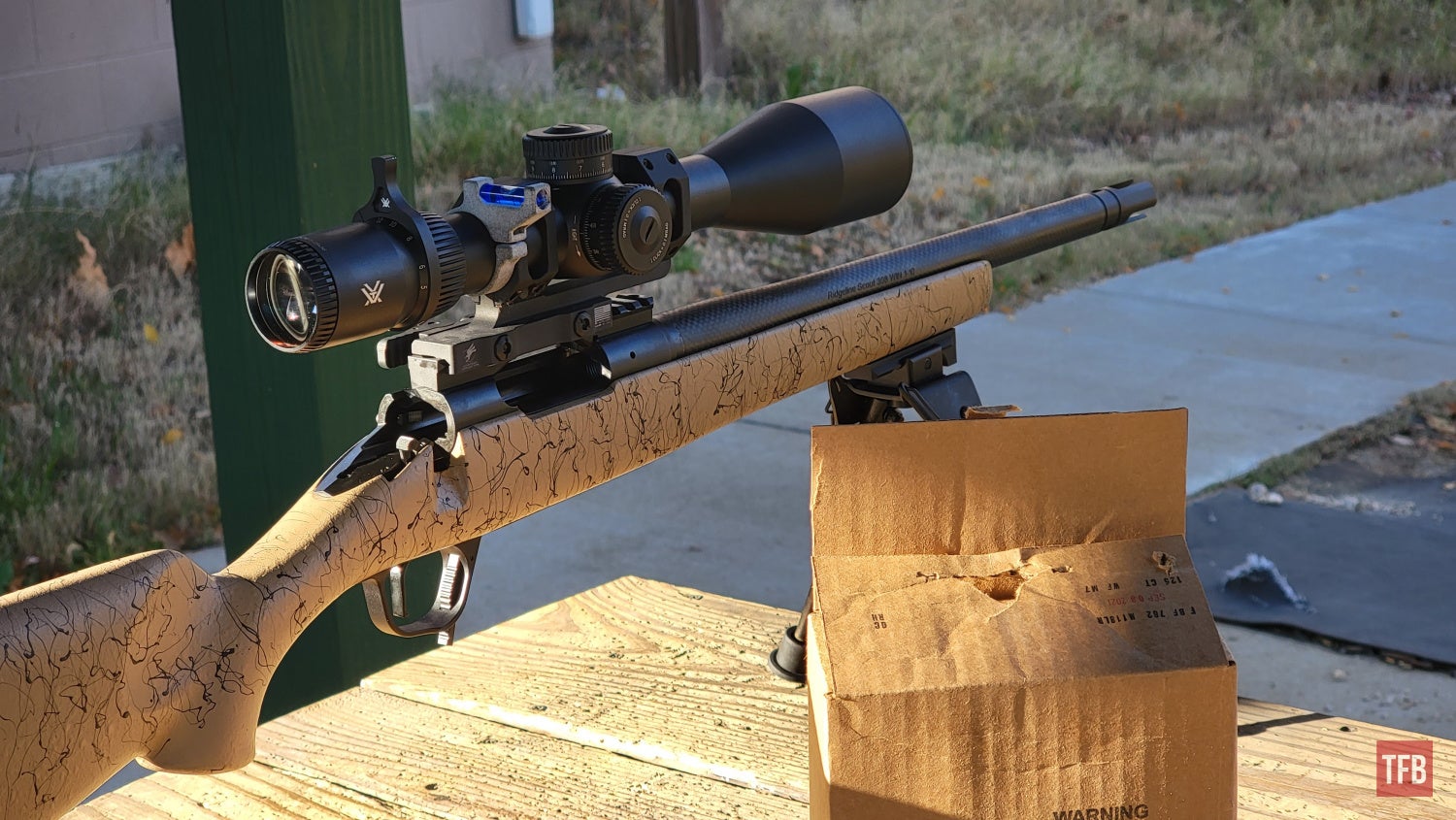
As a final note on design, the Ridgeline Scout Rifle also clearly makes use of detachable box magazines. A secondary purpose of the forward-mounted optics on the original scout rifle concept was to allow for quick reloading of the rifle via stripper clips. It’s very clear that the Ridgeline Scout Rifle is perhaps a more modern interpretation of the scout rifle allowing it to field more modern optics, and make use of the great advancements in technology we have available to us in the firearms community. Overall, I think the rifle’s appearance, features, and characteristics are top-tier and if I had any complaints about its appearance, it would be that I’d like to see more variations in the stock’s coloring and camouflage.
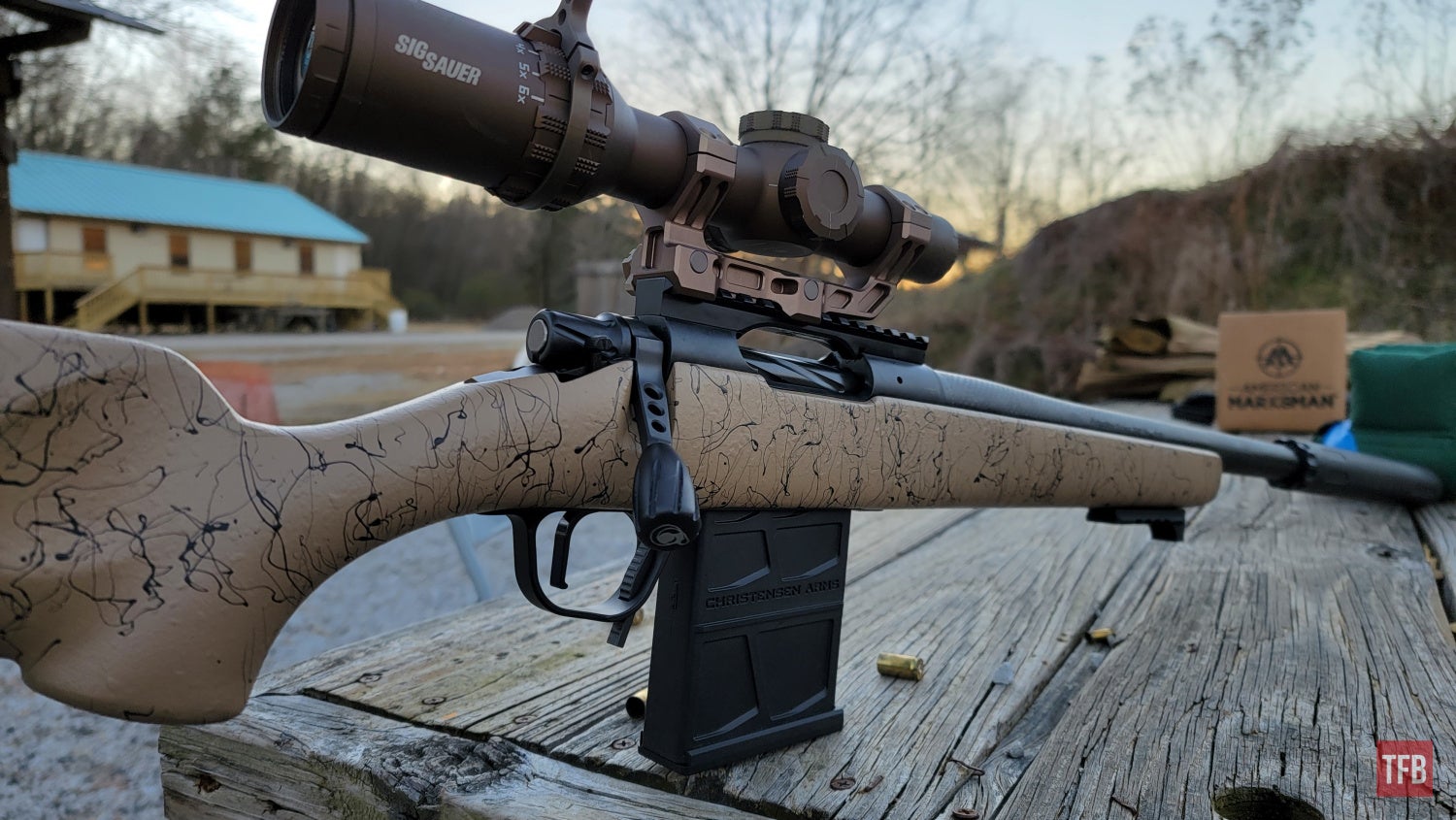
Range Performance
Christensen Arms guarantees sub-MOA accuracy out of their rifle and that was the first thing that I wanted to test. I was able to secure three different types of 308 ammunition for range testing including some Wolf steel-cased 150-grain, Remington Core-Lokt 150-grain, and some M118LR which is considered to be many a perfectly serviceable precision 308 cartridge. After a quick zero, I found that two of my ammunition selections did indeed produce sub-MOA groups at 100-yards distance those being the Wolf steel-cased and the M118LR. I tested the Remington Core-Lokt ammunition last and I am not sure if that had anything to do with my inability to put anything better than a sub-2-MOA group on paper at the same distances but suffice it to say, I think the rifle is living up to Christensen’s sub-MOA accuracy guarantee even though I skipped the barrel break-in procedure.
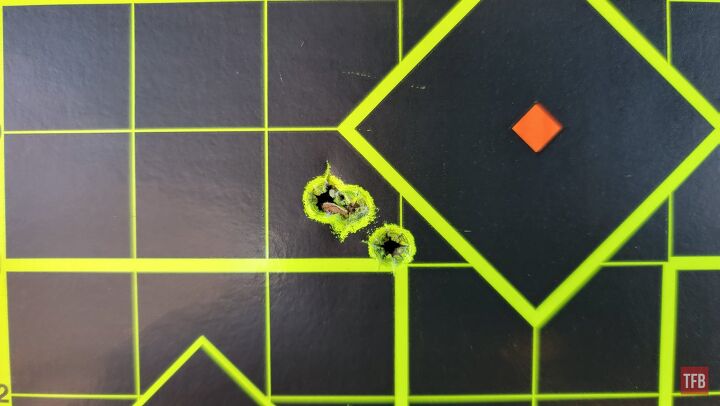
A 3-shot group with Wolf 150-gr 308. (a 3-shot group is what Christensen measures its sub-MOA guarantee against)
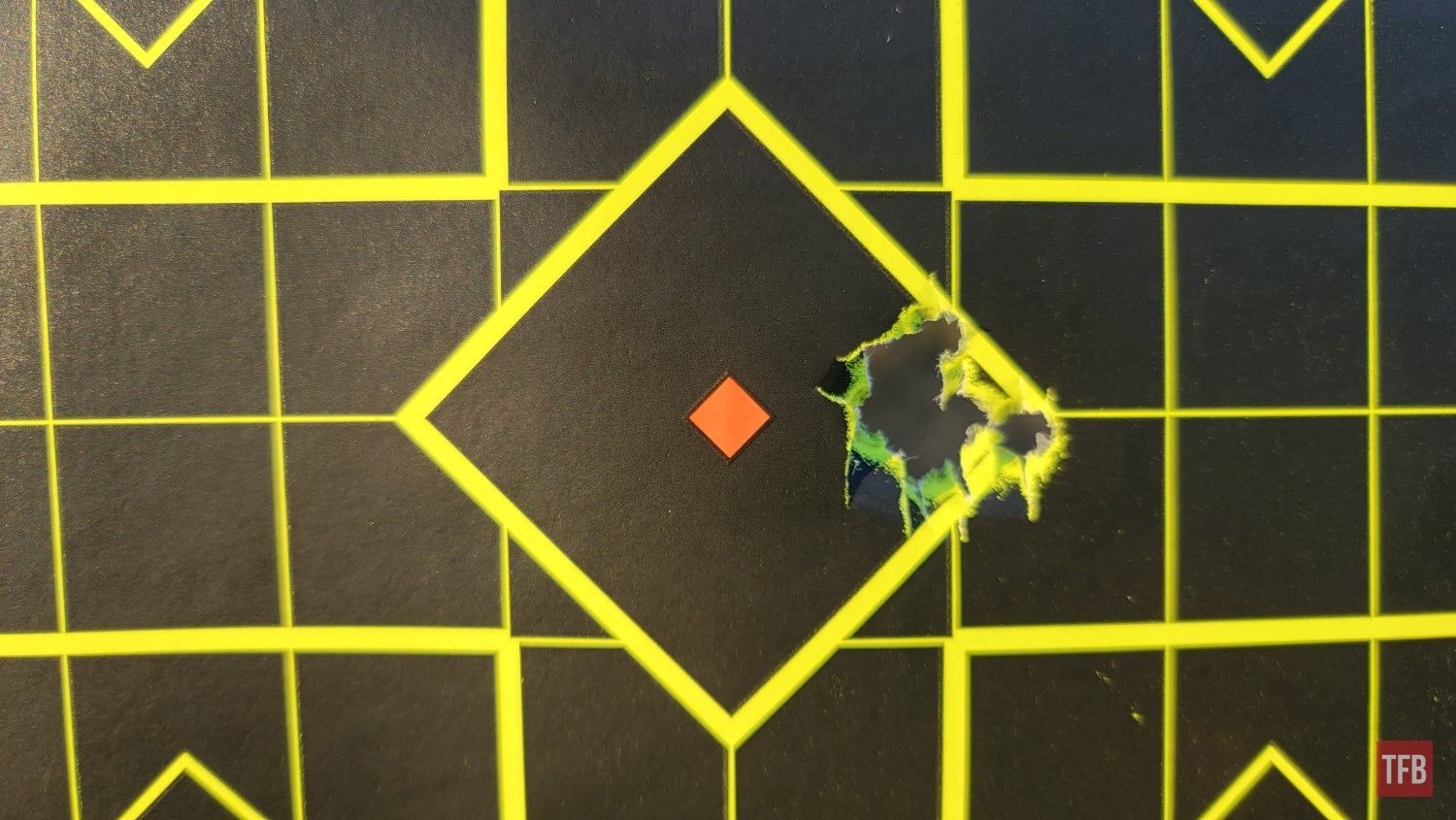
A 5-shot group with M118LR
The rifle’s action is buttery smooth and had no issues cycling any of the ammunition, including the steel-cased ammunition. I did have two rounds of M118LR not go fully into battery and I couldn’t determine at the range whether this was the ammunition’s fault or the rifle’s fault. I am going to assume it was just the ammunition since I didn’t have any other issues with the rest of the 150-rounds of M118LR I shot through the rifle. After I sighted in the rifle using my Vortex Venom 5-25x56mm optic. I swapped it out for my SIG Sauer TANGO6T LPVO.
Since the rifle only weighs roughly 5lbs, I was still able to keep the weight of it under the prescribed 6.6 lbs. The rifle handled very well and the addition of my TiOn Inc Dragoon 450B suppressor made the stout recoil of the 308 out of the lightweight rifle much more manageable. If you’re going to run one of these rifles, I would most certainly recommend that you opt to add a suppressor otherwise any high volume of fire from this rifle is going to rough your shoulder up pretty bad.
As you might expect, the trigger pull was both light, and crisp and gave me excellent control over my shots with virtually no takeup, overtravel, or slop. Measured at home the trigger pull averaged out at just under 2lbs. If going afield with the rifle with a round chambered, make sure to judiciously use that safety.
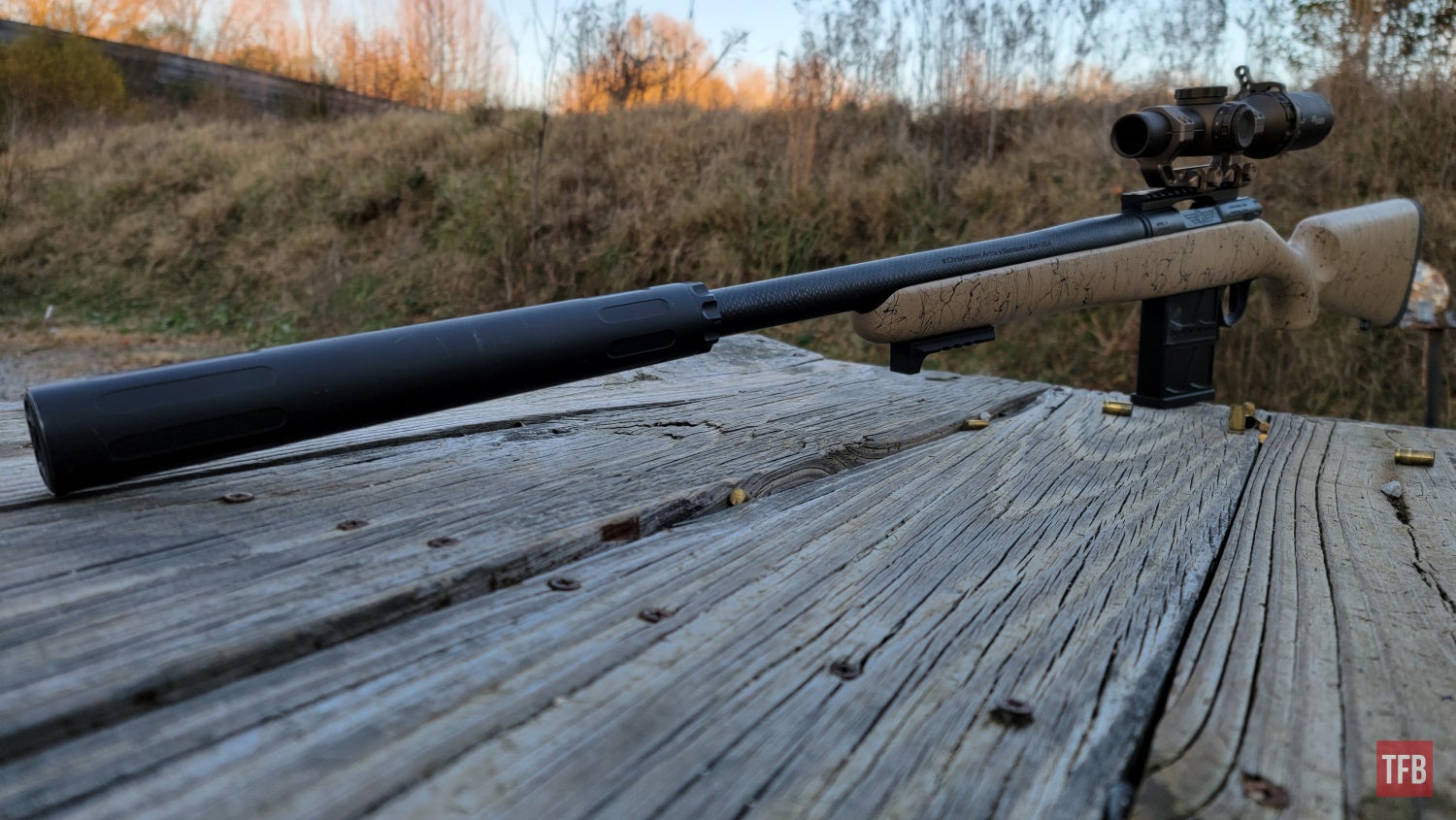
Although the rifle includes a rear sling swivel stud, there is no accommodation for a front attachment point which is kind of puzzling to me. The front-mounted rail section/barricade stop could be used for this purpose but that would also preclude the use of a bipod which might be necessary for someone wanting to hunt with the scout rifle. I think if Christensen had made accommodation for some M-LOK slots, QD cups, or even a single sling swivel stud at the forward end of the stock the design would make much more sense.
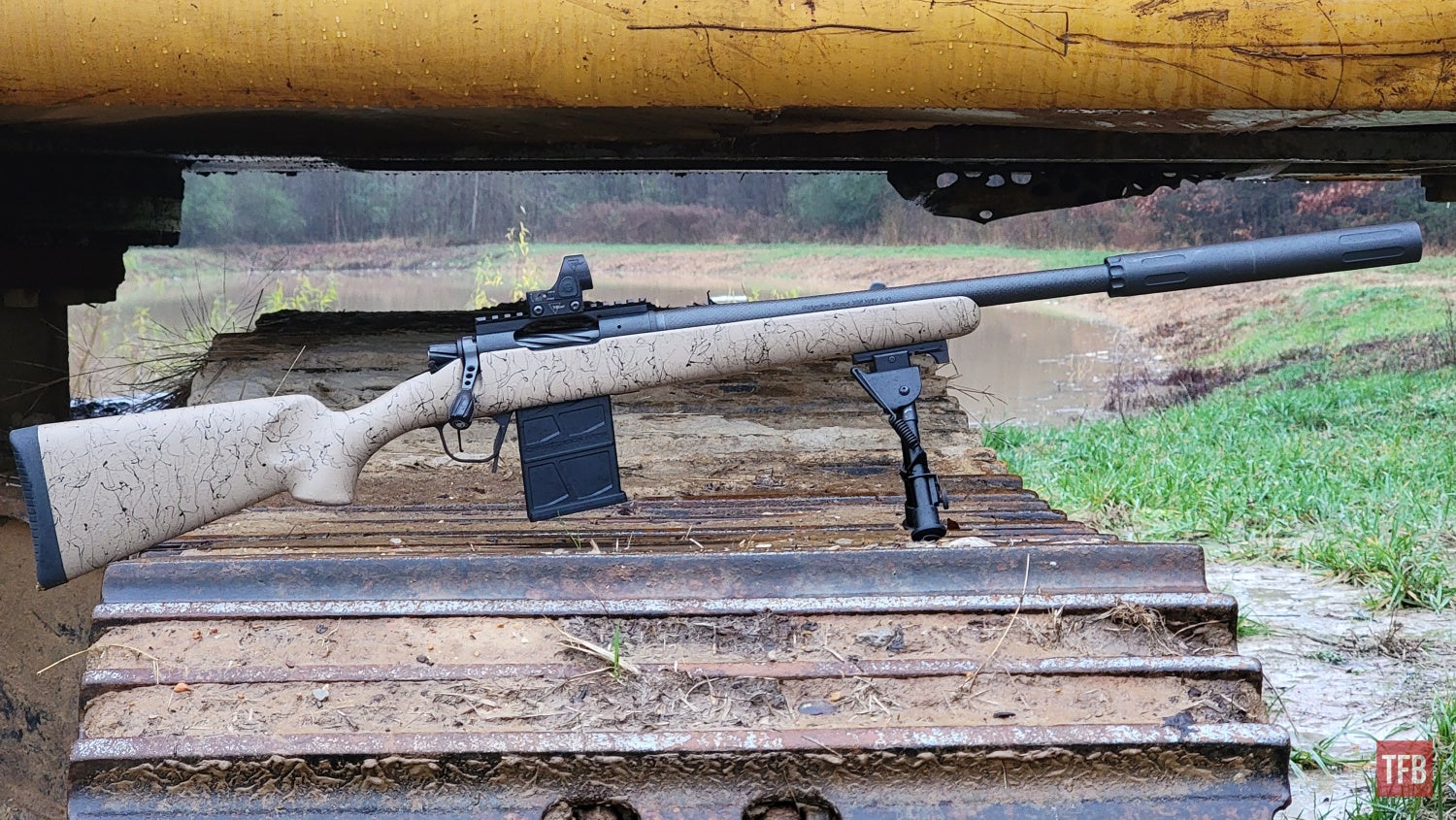
The rifle is so lightweight and handles so well I was able to make quick transitions from target to target on the flat range even with the extra weight of the suppressor and LPVO. I later mounted my Tricjion SRO to the rifle to see how that handled and it just made it even lighter. Even though the concept of the electronic red dot sight was in its infancy in the 80s, I think if Jeff Cooper were alive today, he would wholeheartedly agree with me that a rugged red dot optic mounted in such a way to serve as a backup sight would be more than acceptable to fit within the scout rifles concept.
The LPVO might be a bit of a trade-off since LPVOs tend to be heavier than extended eye relief scopes but since the Ridgeline Scout Rifle doesn’t play well with those, I think we’re stuck with more traditional scopes that have good eye relief. Perhaps a red dot with a magnifier would be a better fit than either of the three options I used.
The carbon fiber-wrapped barrel really got a workout, as did my suppressor. At the end of one of my range sessions, my suppressor was nearly sizzling while the barrel was almost cool to the touch – a testament to the heat dissipation abilities of their barrels.
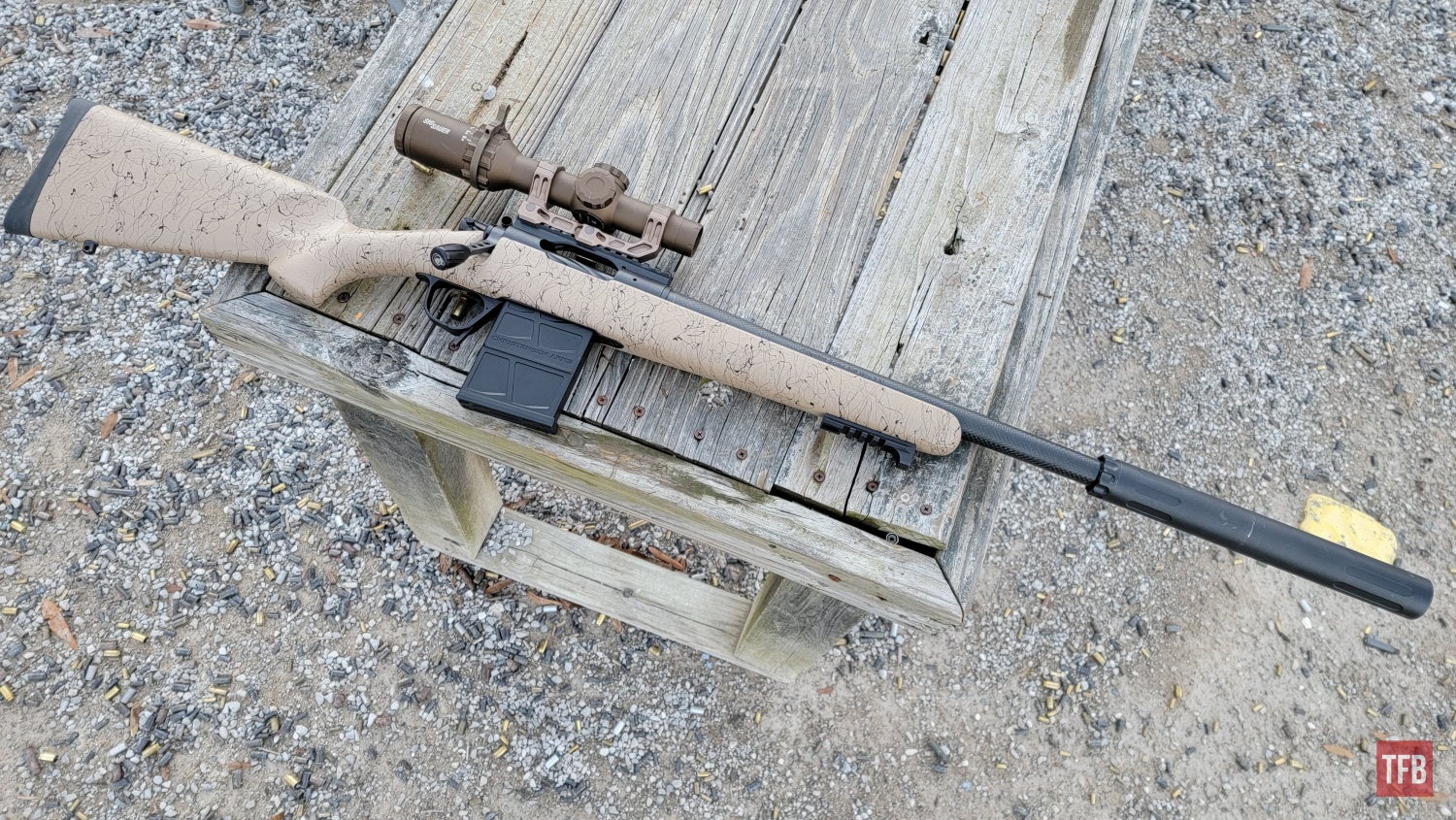
Final Thoughts
So who is this rifle for? At an MSRP of $2,199, the Ridgeline Scout Rifle isn’t as affordable as the options from Steyr, Ruger, or Savage but it also has the distinction of being the lightest out of the three and also probably the most accurate in my opinion. Since most of us aren’t out every day hunting skinwalkers, the rifle’s main use is basically boiled down to an expensive hunting rifle that is probably best suited for the off-grid hunter who is traveling to a hunting location that requires a lot of walking.
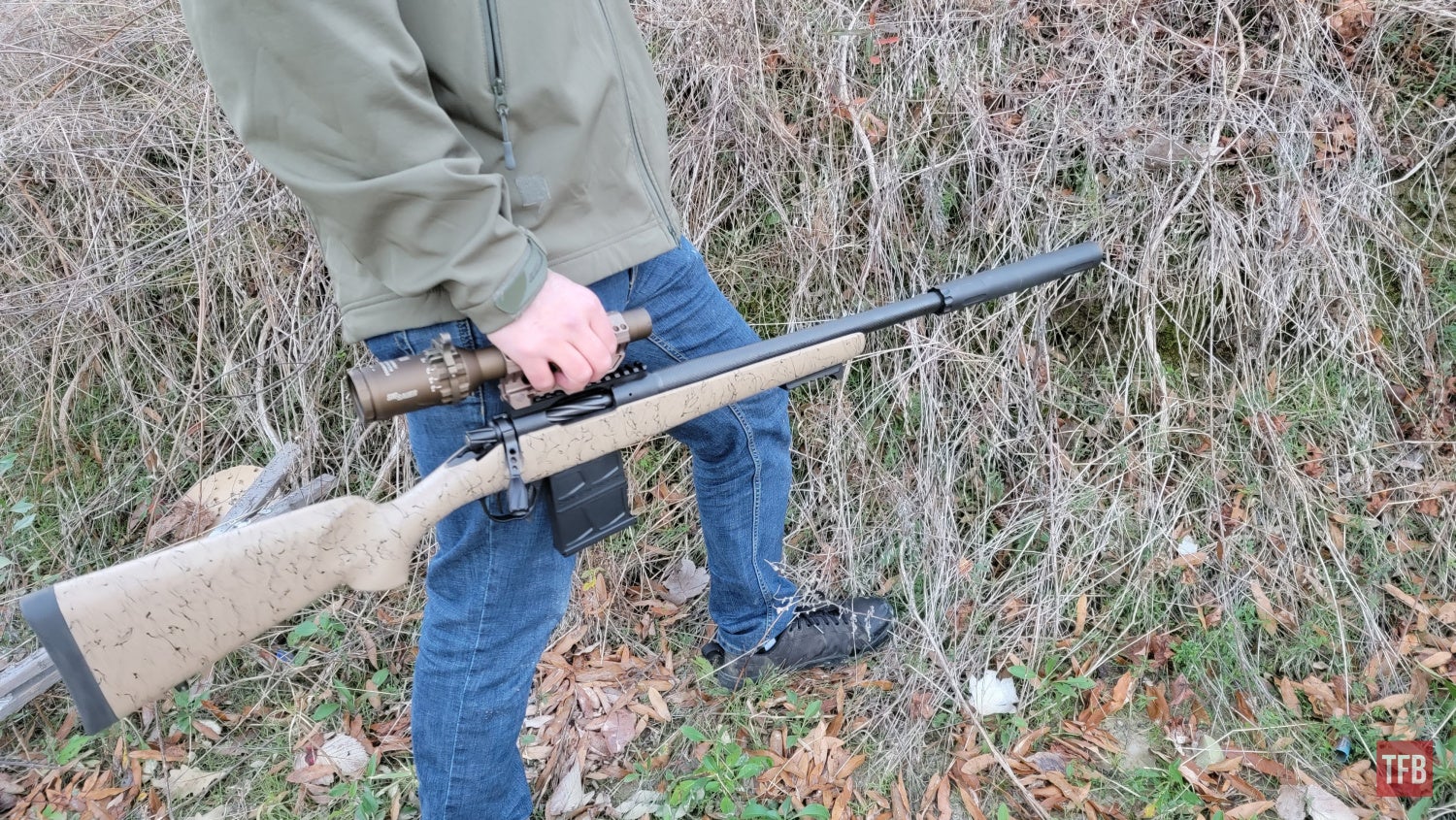
Aside from the glaring lack of a clear forward sling mounting point, I think the Christensen Arms Ridgeline Scout Rifle is a very high-quality piece worthy of anyone’s collection, provided they have the dough to not only purchase it but kit it out with a suitable suppressor and optics fit for the job. My range sessions with the ridgeline have been some of my most fun as there really isn’t quite any other feeling than running and gunning with a bolt-action 308, the rifle really gives you a sense that you’re delivering a lot of power downrange even when it suppressed and the added “whomph” you get out of the shorter 16″ barrel and suppressor is as intimidating as it is fun.
I’d like to hear your guys’ thoughts on this rifle. Is the concept of the Jeff Cooper-style scout rifle still valid today or do we have better options? Second, how do you think Christensen Arms did with their modern interpretation of the scout rifle? Was swapping out the forward-mounted optics rail too much of a departure from the original concept or is this a logical step forward for the design? Thoughts and comments are always welcome below and once again thank you to Christensen Arms for loaning me the rifle! It will be sorely missed!
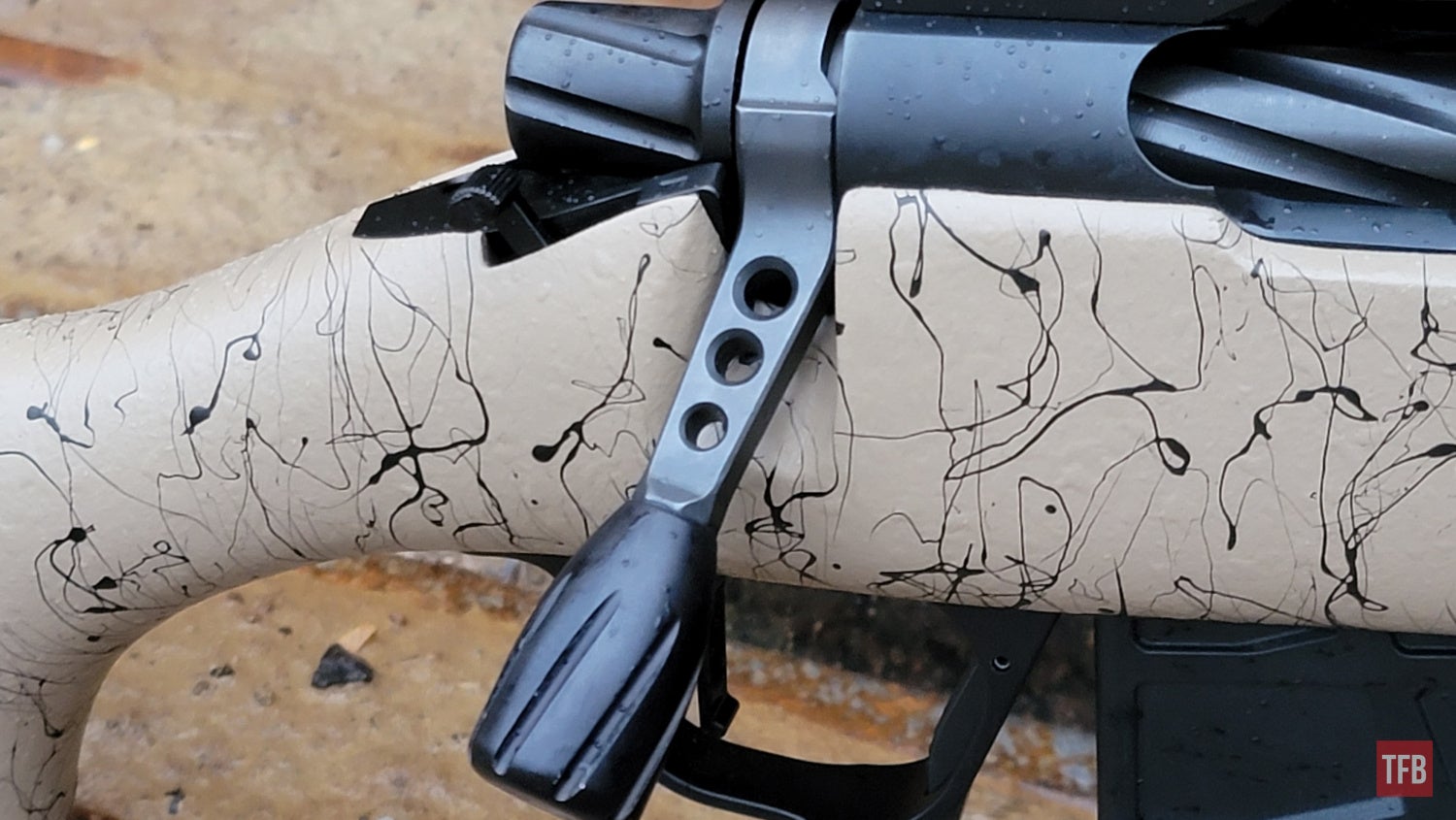

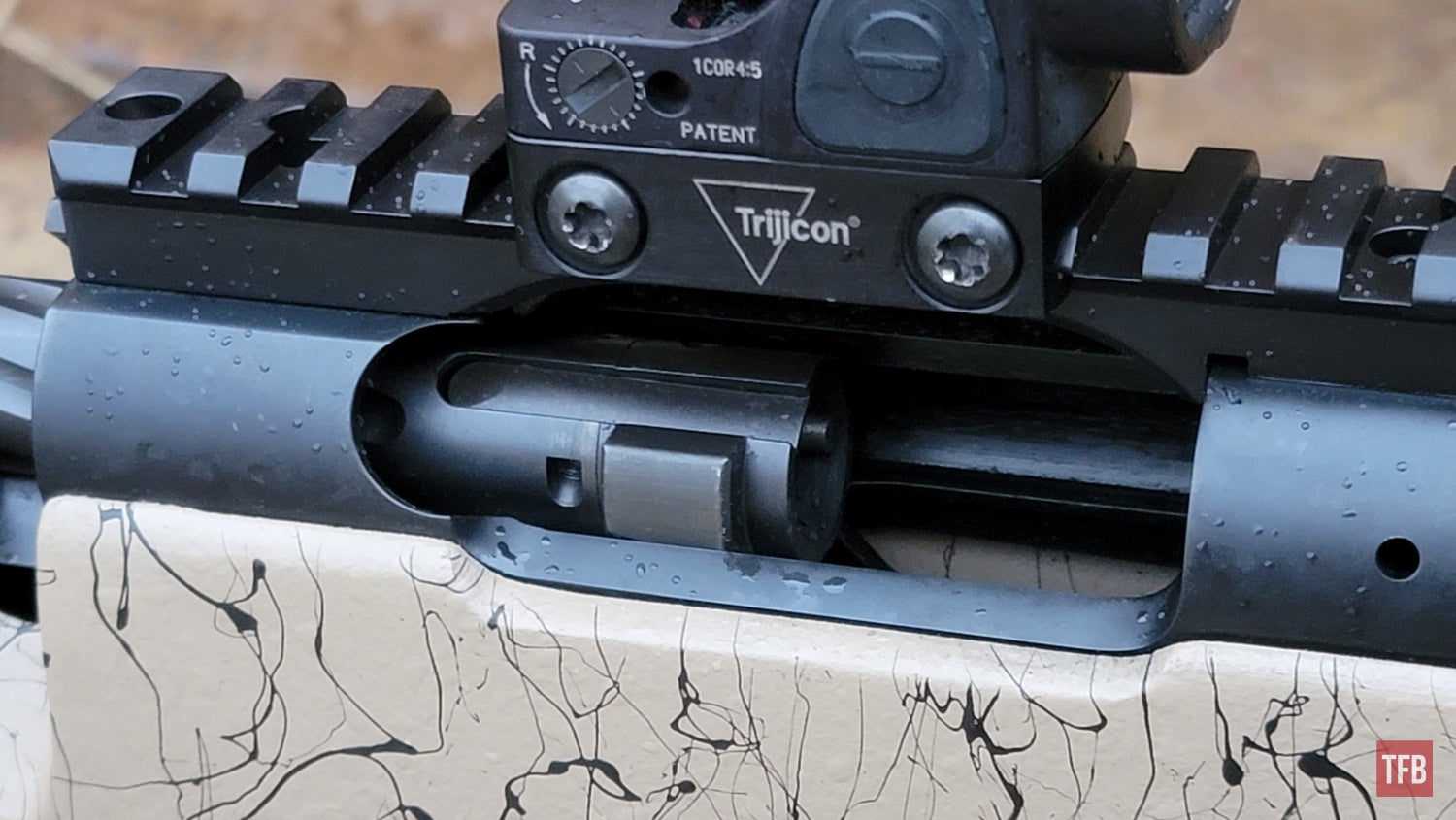
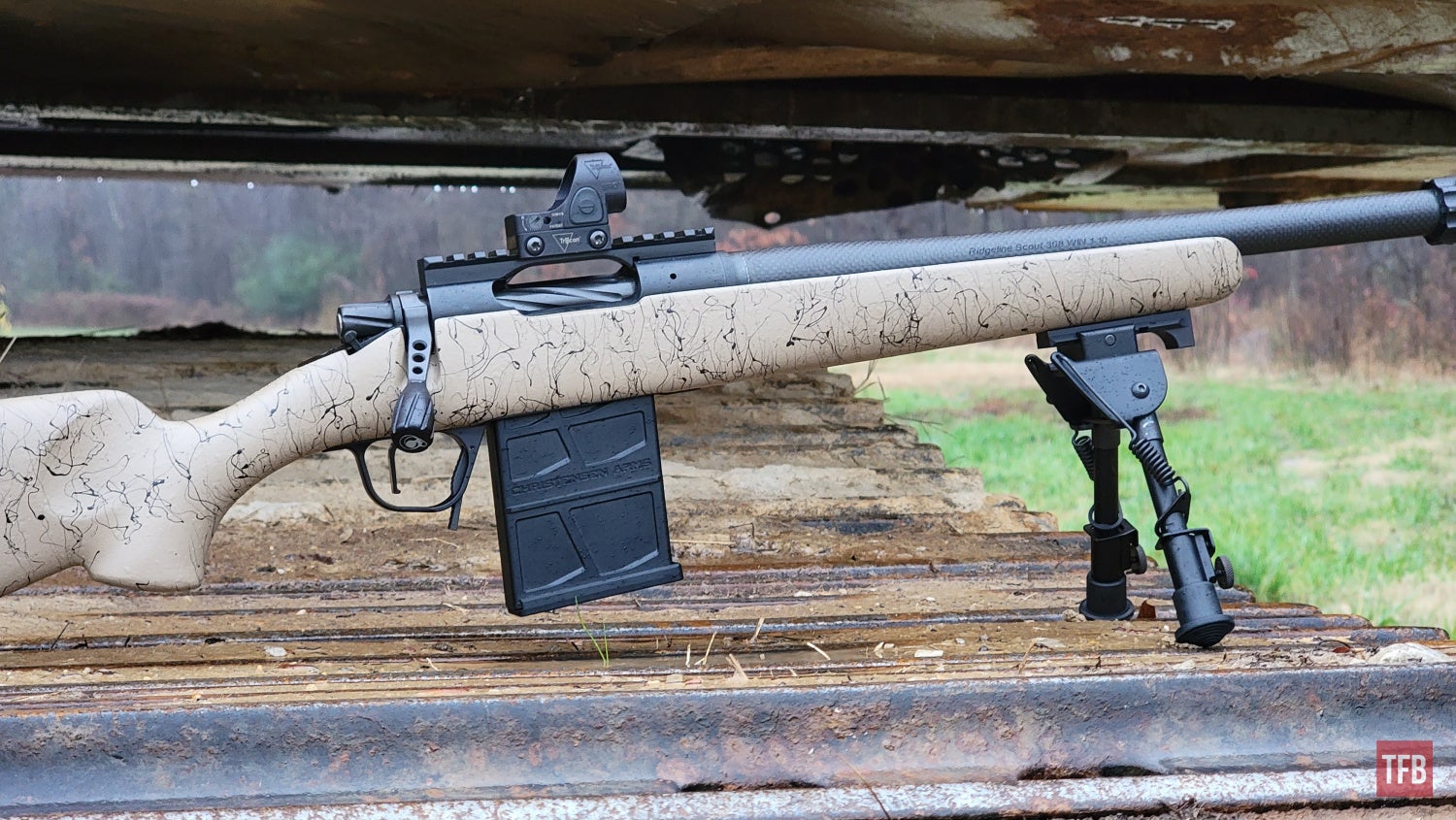
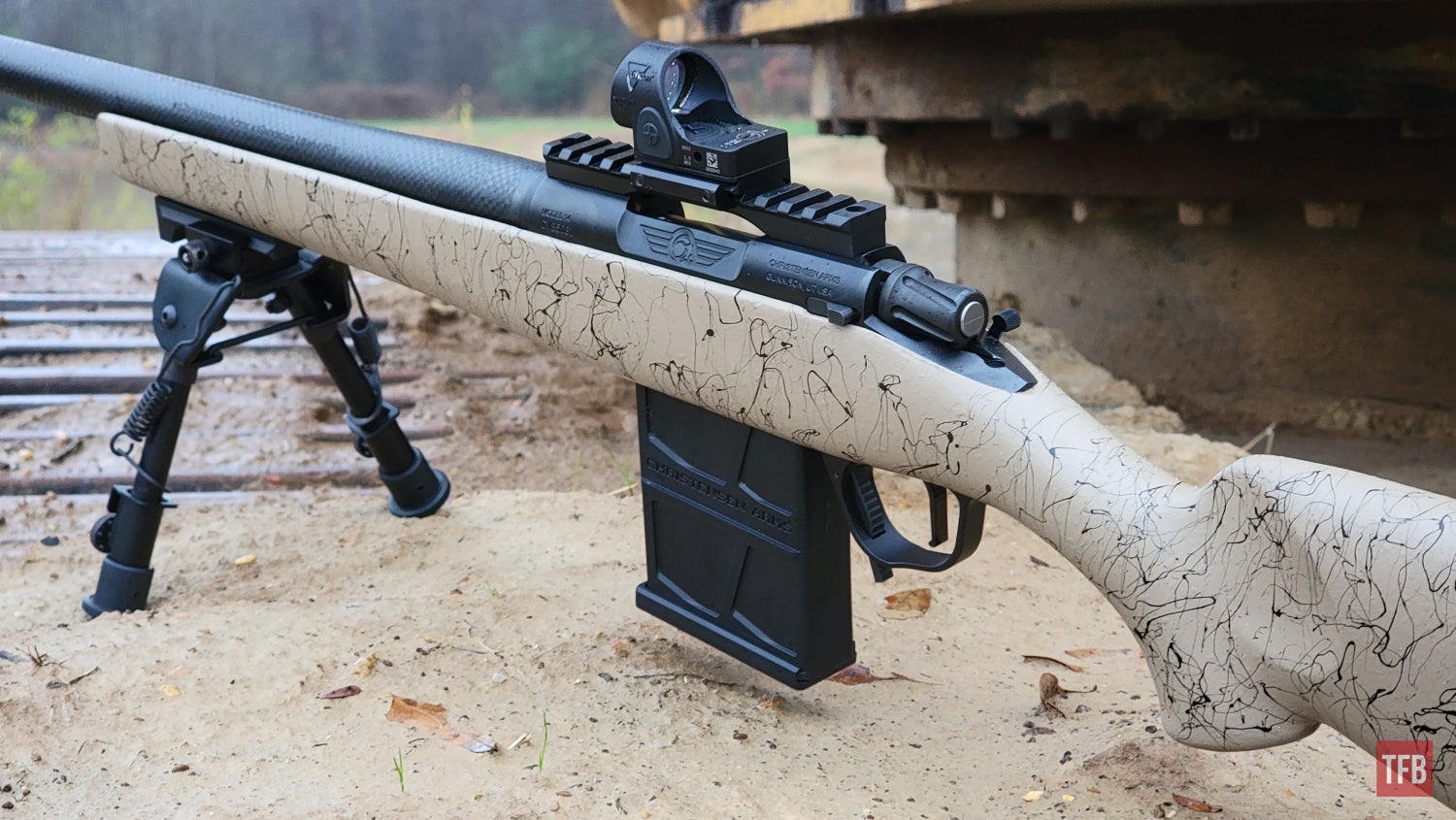
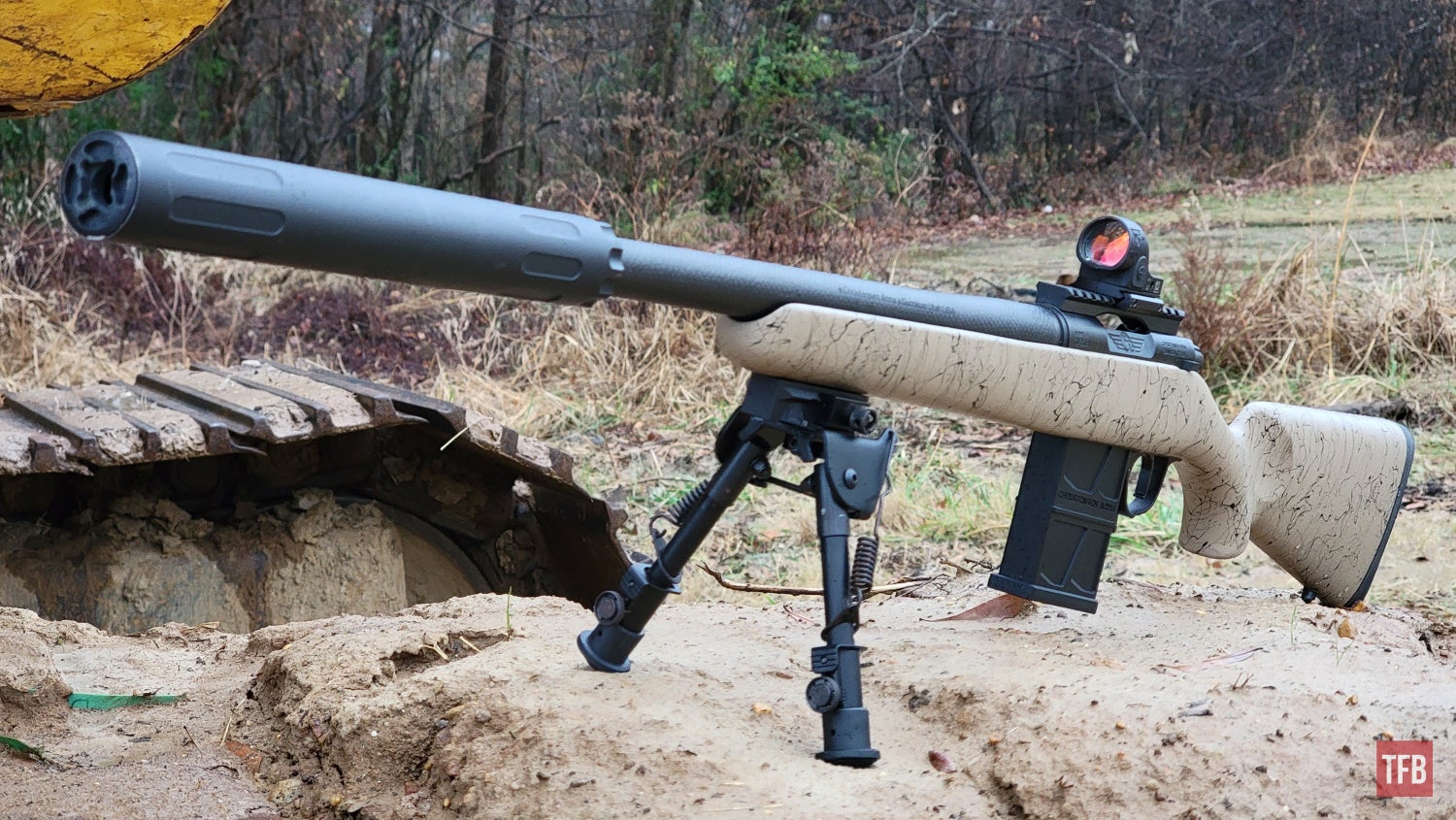
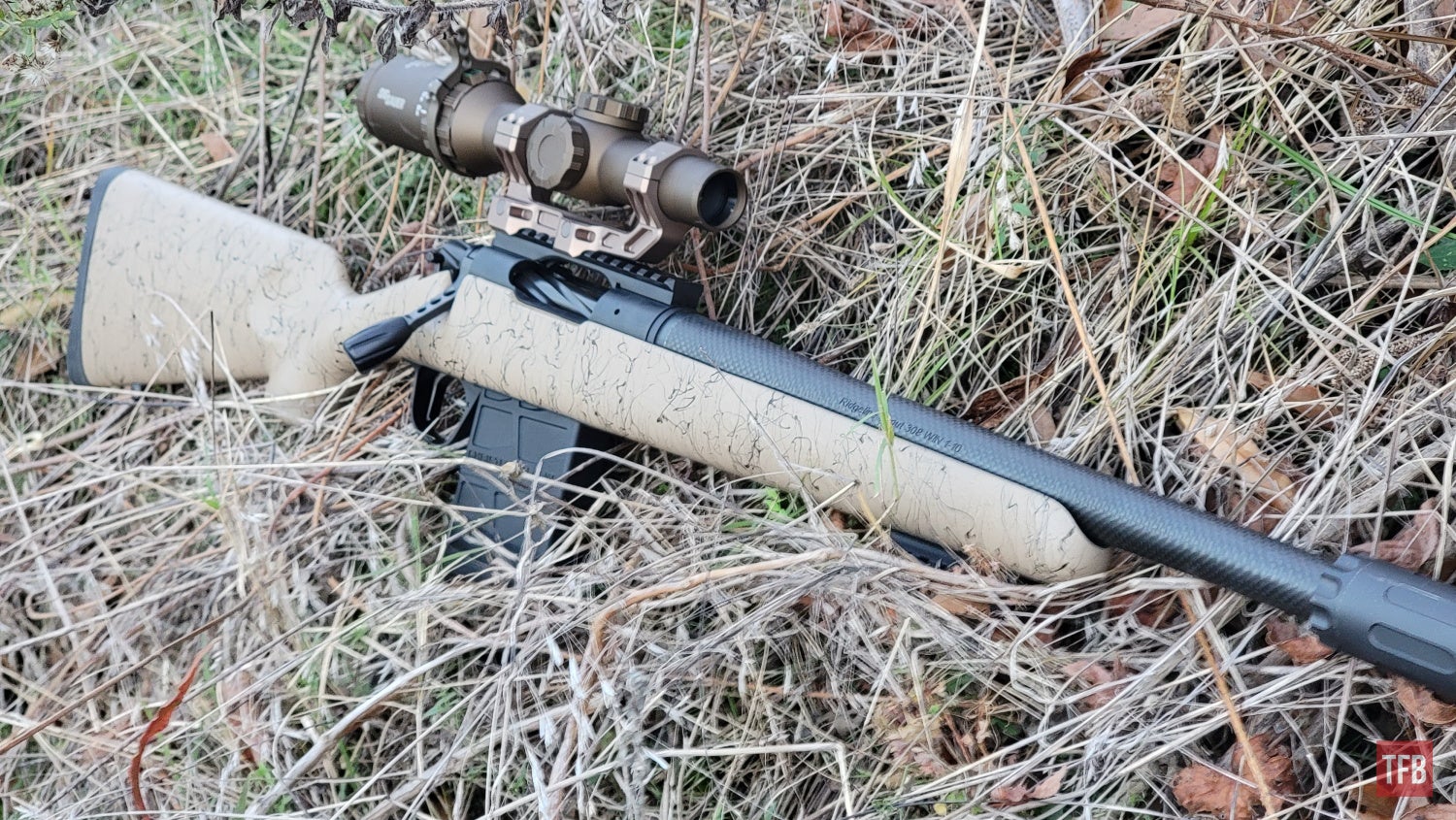
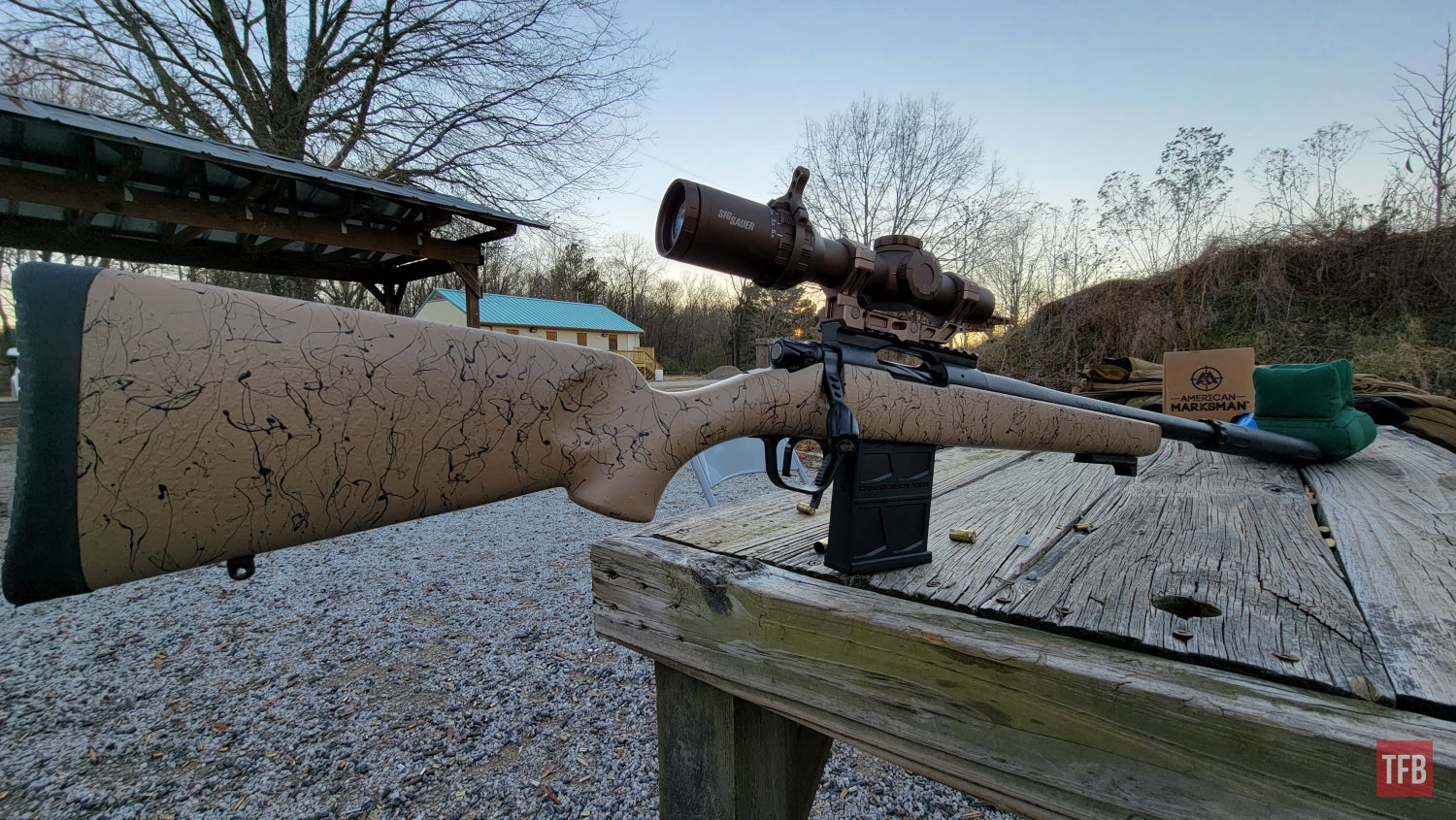
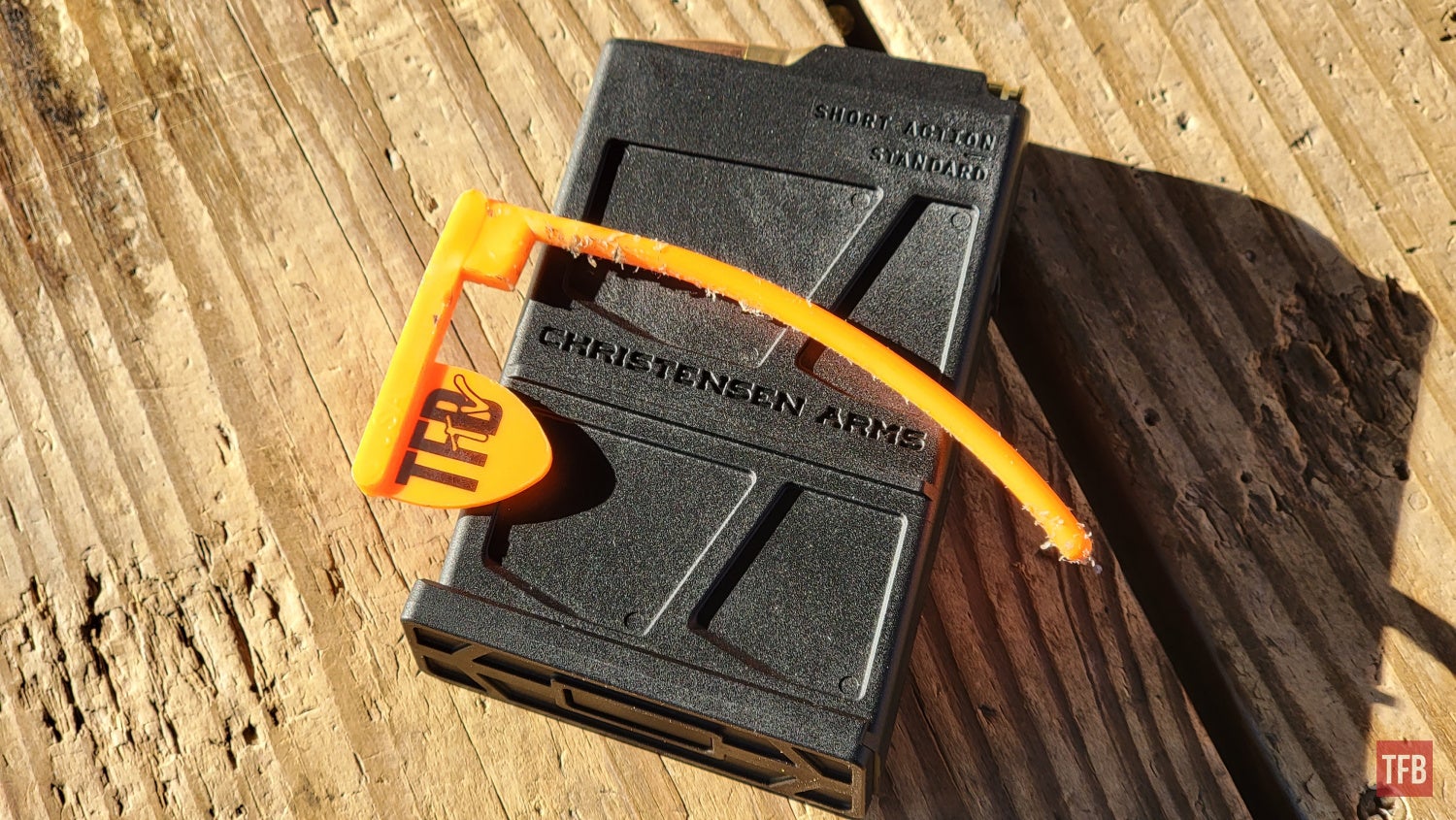
 Your Privacy Choices
Your Privacy Choices
